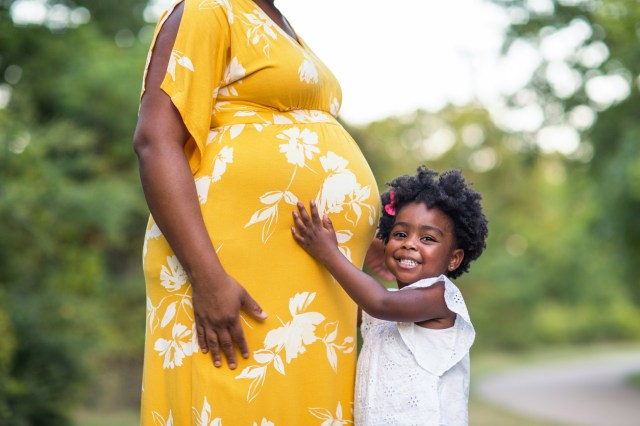We’re not going to lie. We had our issues with the Centers for Disease Control and Prevention’s (CDC) frequent changes to recommendations during the pandemic, but they’ve made one revision about developmental milestones in children that’s easy to get behind. Now, when you go to your kiddos’ annual visits, the developmental milestones you’ll be taking to your pediatrician about will be based on what 75% of other kids the same age do, instead of only 50%.
In other words, the CDC has just gotten a little bit more inclusive with their developmental milestones, which means that we won’t feel so worried, or defensive, or anxious (or perhaps, proud) at our kids’ next annual visits.

These revised developmental milestones were specifically released for the Learn the Signs. Act Early. program, which helps parents identify autism and developmental delays in their children. The CDC asked the American Academy of Pediatrics (AAP) to take a look at the existing list of milestone behaviors, which was pulled using more narrowly defined data.
These behavioral milestones were not always helpful to families concerned about their child’s development, because they often led to a “wait-and-see” discussion in the doctor’s office. And when you’re a parent with a hunch that something’s off, that “wait-and-see” discussion is the emotional equivalent of banging your head against a wall.

The revised developmental milestones are written in family-friendly language and identify the behaviors that 75% or more of children can be expected to exhibit at a certain age based on data, developmental resources and clinician experience. So, if your child is not reaching a particular milestone, you now know that 3 of every 4 children his or her age would—on average—be doing it.
The new, revised milestones give parents valuable perspective and will hopefully result in earlier diagnosis.

“The earlier a child is identified with a developmental delay the better, as treatment, as well as learning interventions, can begin,” said Paul H. Lipkin, M.D., FAAP, a member of the AAP Section on Developmental and Behavioral Pediatrics and Council on Children with Disabilities who assisted with the revisions said in a press release. Changes to the guidance include:
- Adding checklists for ages 15 and 30 months; now there is a checklist for every well-child visit from 2 months to 5 years.
- Identifying additional social and emotional milestones (e.g., smiles on their own to get your attention, age 4 months).
- Removing vague language like “may” or “begins” when referring to certain milestones.
- Removing duplicate milestones.
- Providing new, open-ended questions to use in discussion with families (e.g., Is there anything that your child does or does not do that concerns you?).
- Revising and expanding tips and activities for developmental promotion and early relational health.
The process behind the revised milestones is detailed in an article titled “Evidence-Informed Milestones for Developmental Surveillance Tools” published in Pediatrics Tuesday.
All images and featured image via iStock.
—Shelley Massey
RELATED STORIES
Pregnant Women Less Likely to Impact Baby’s Weight Than Previously Thought
The Olympics Imagines How Cute It Would Be If Babies Competed
These Comics Absolutely Nail What It’s Like Being a Mom
New Study Shows 79% of Moms Prefer Remote Work











